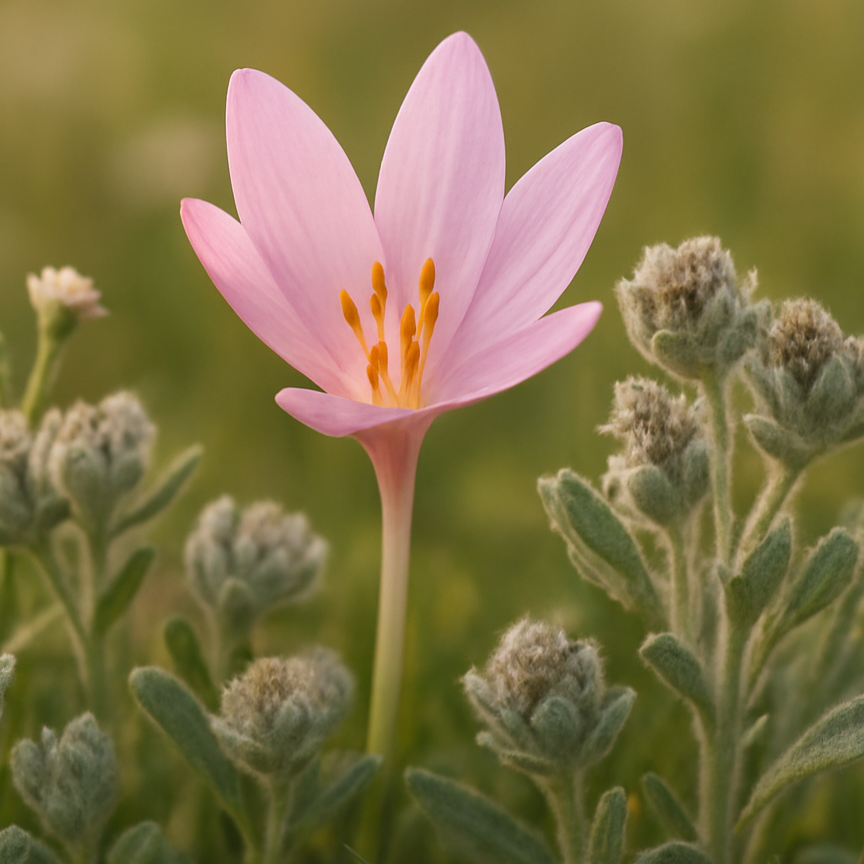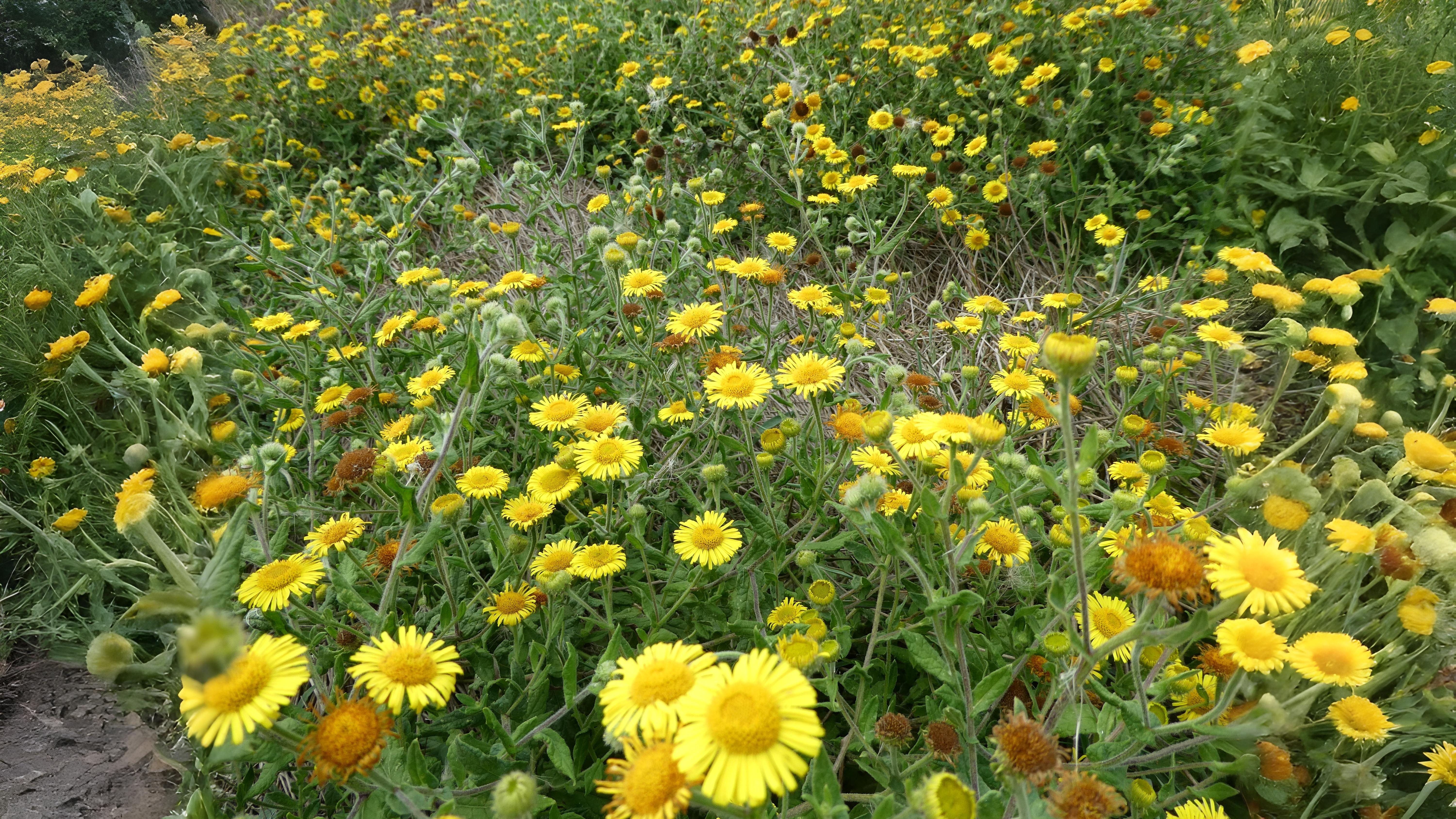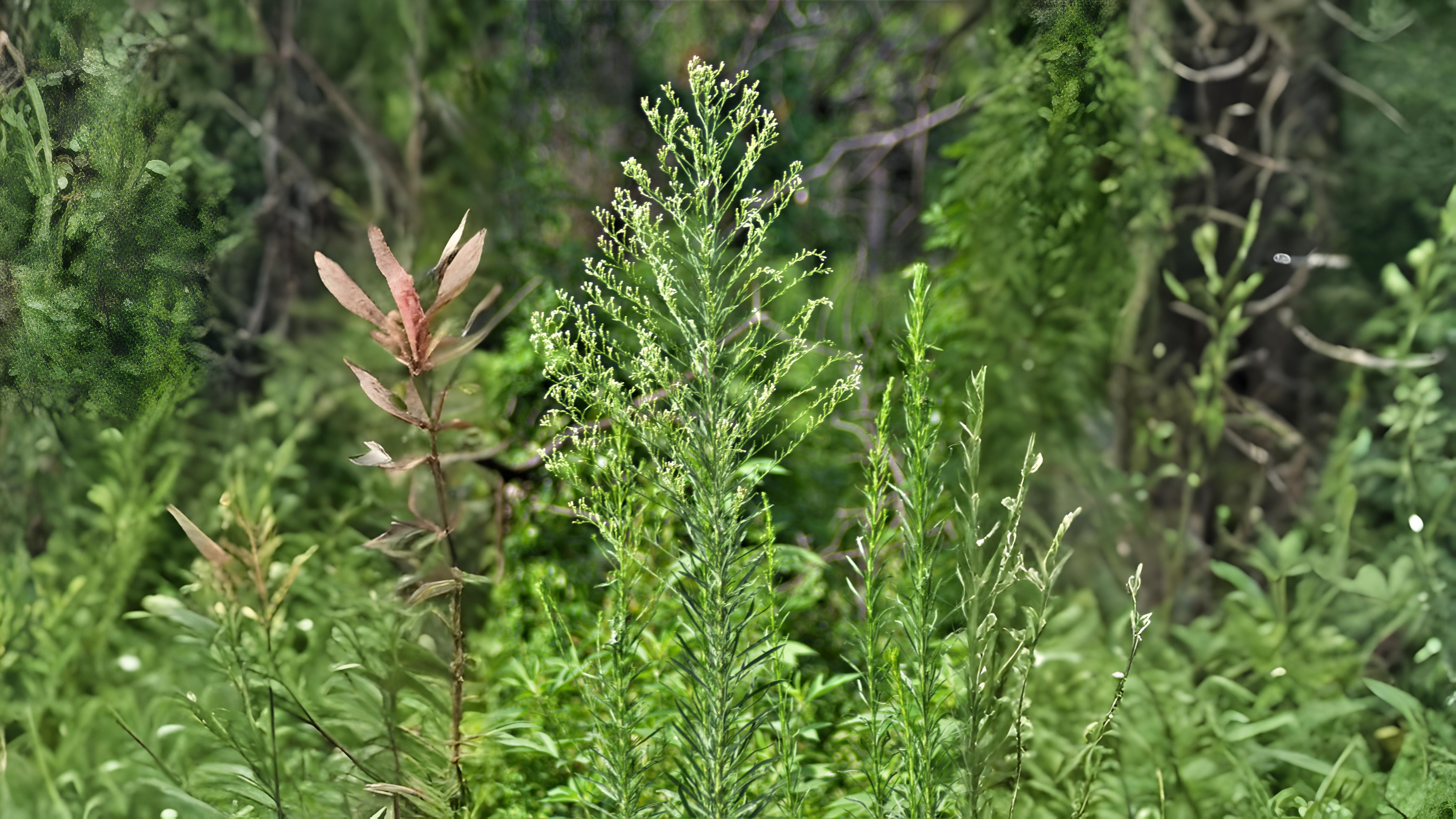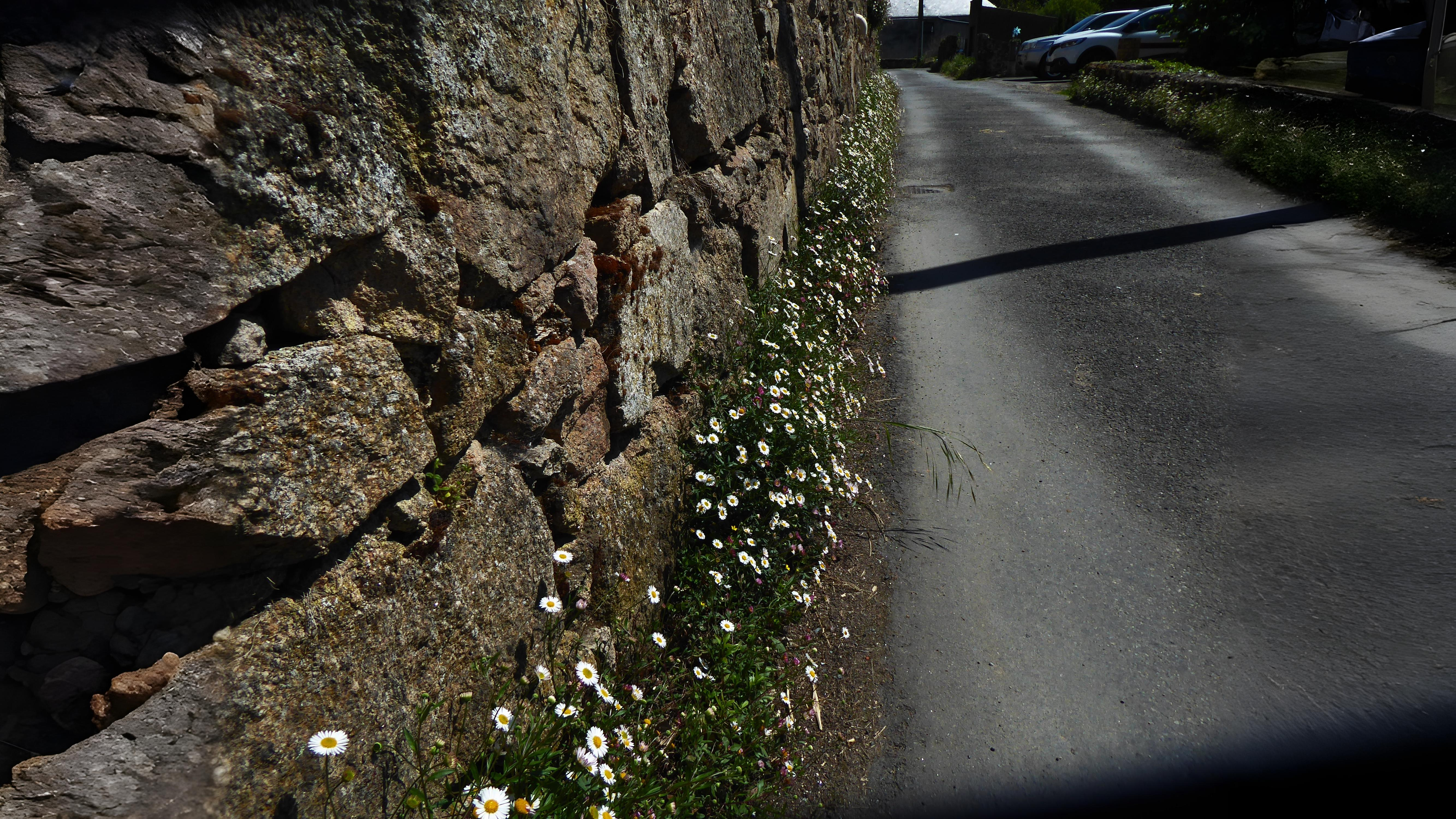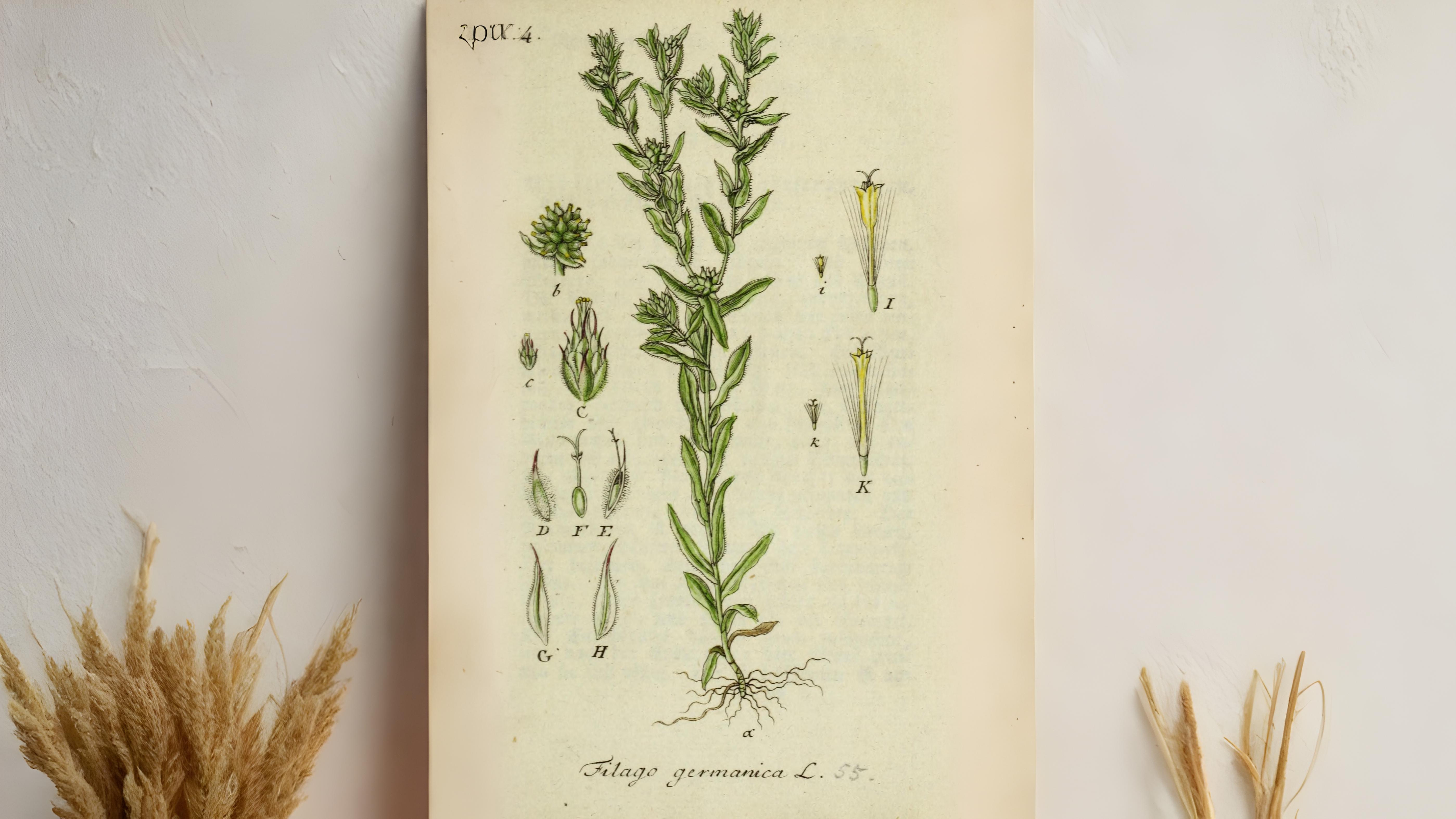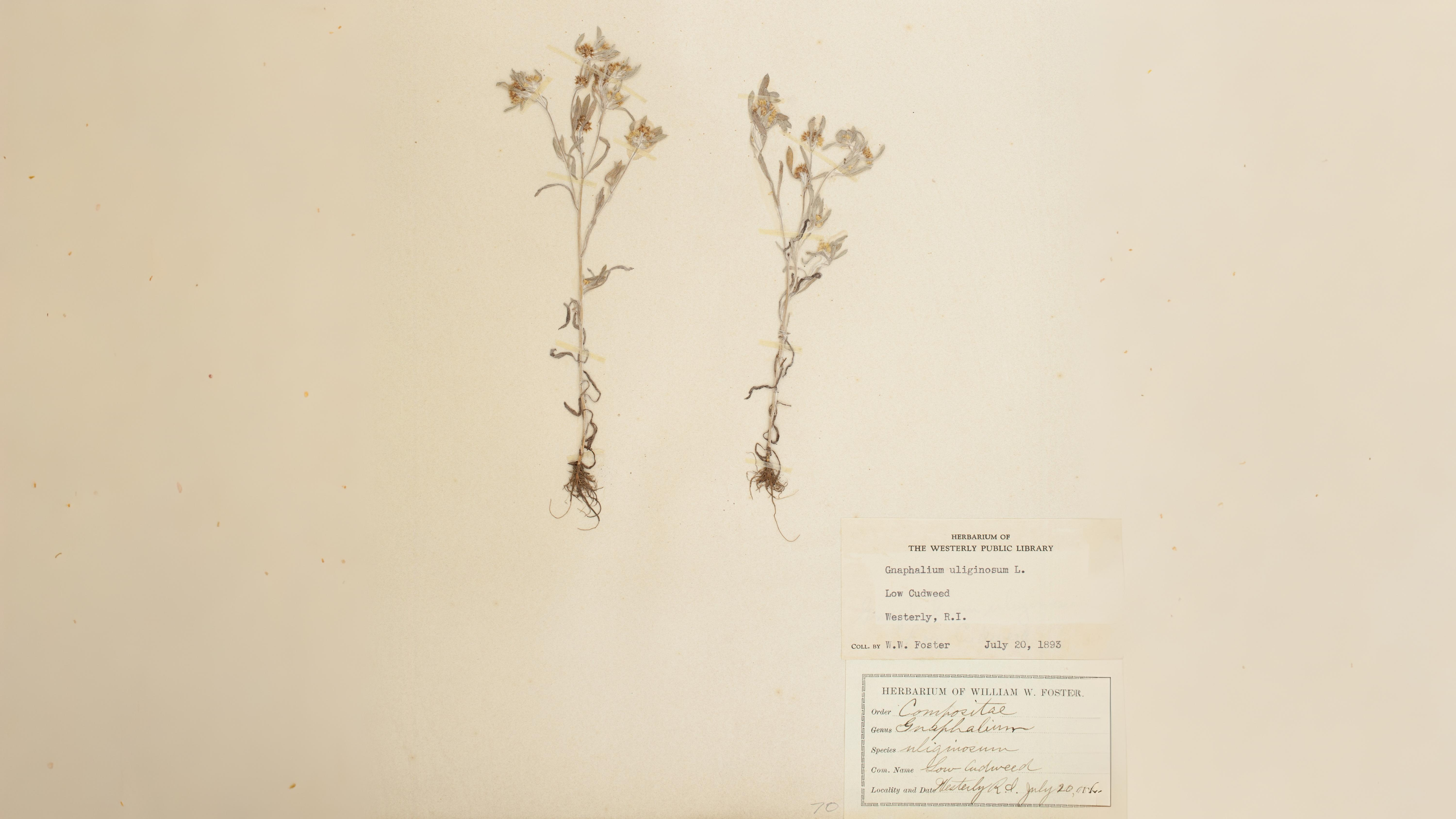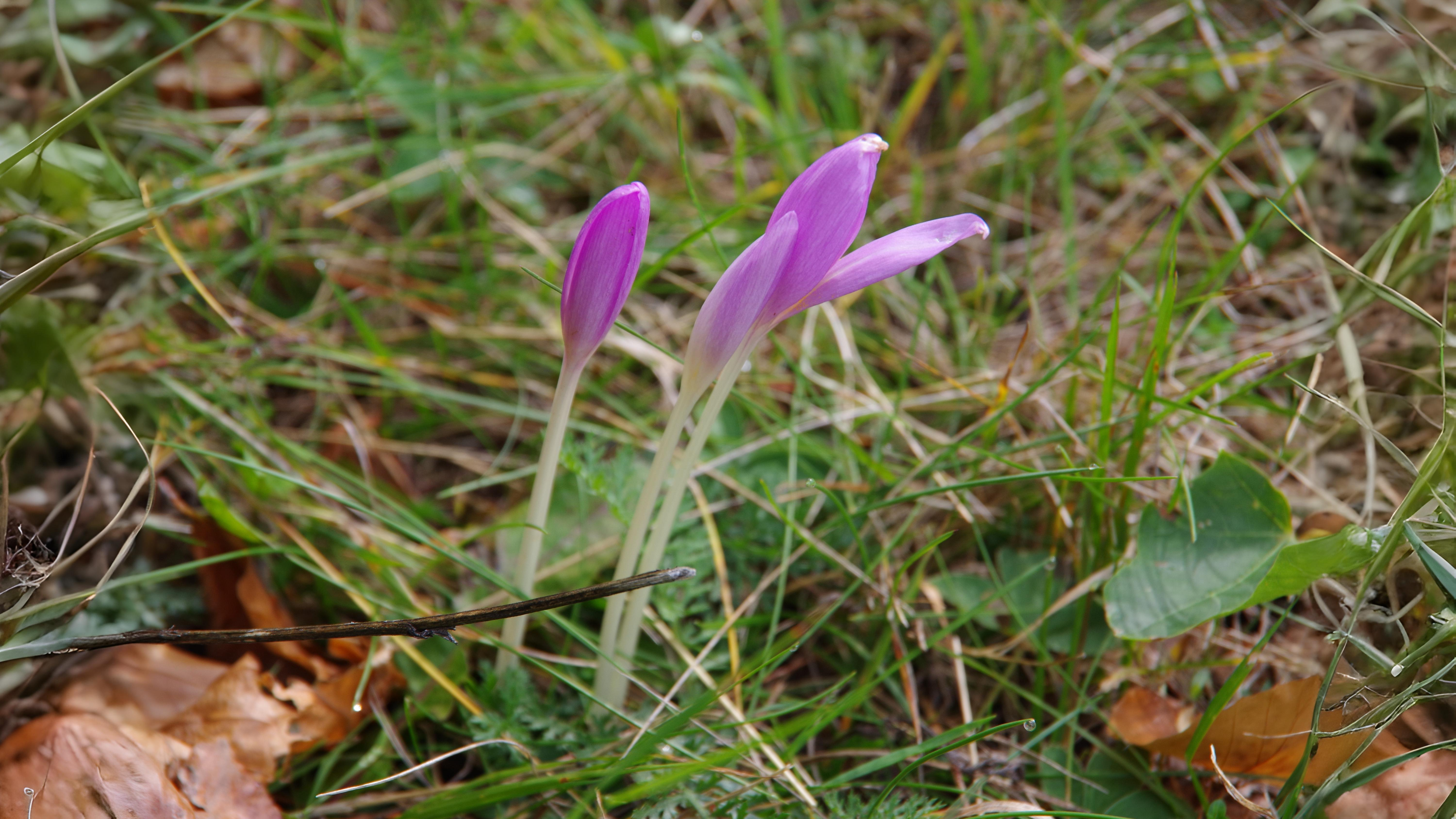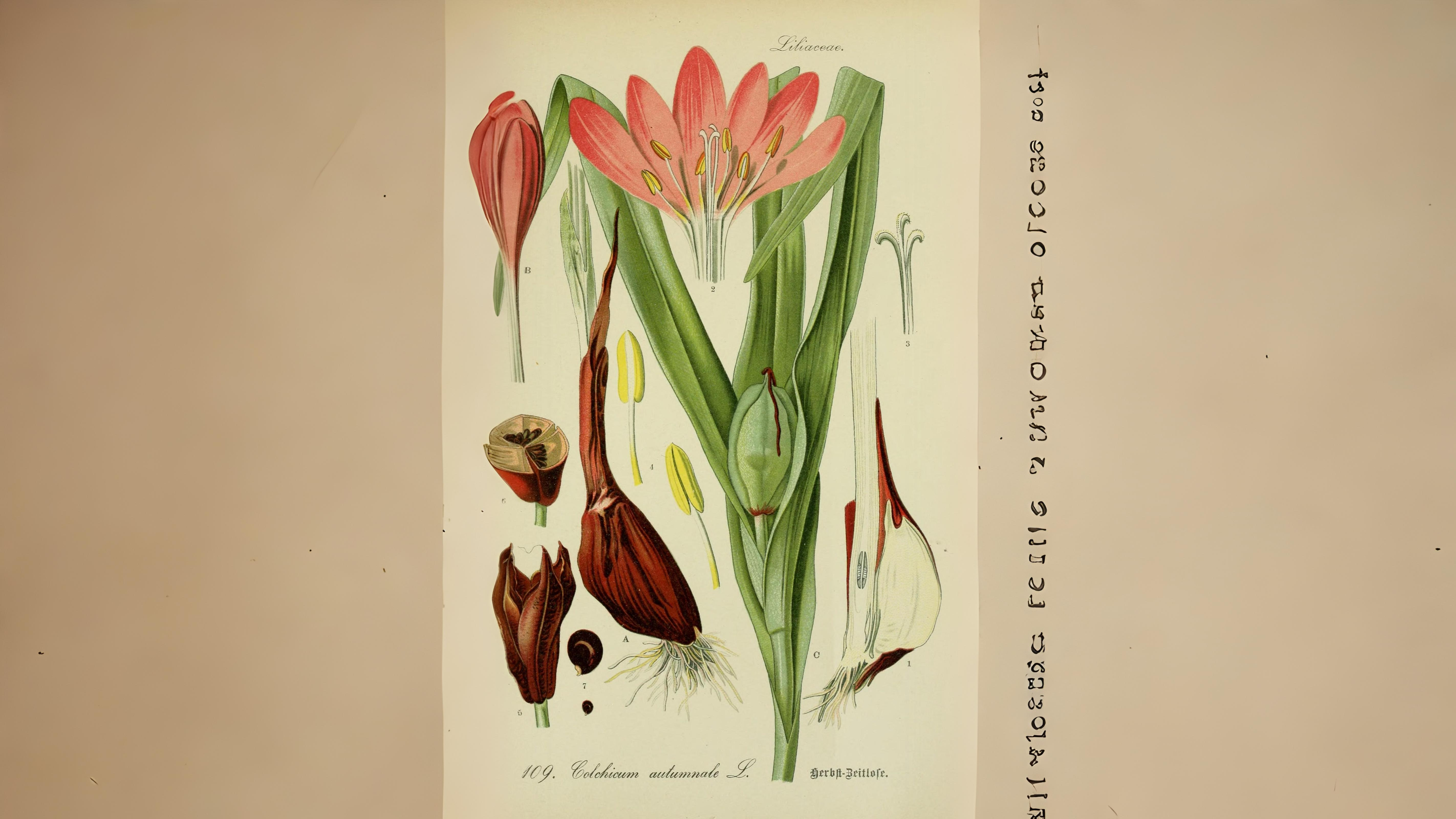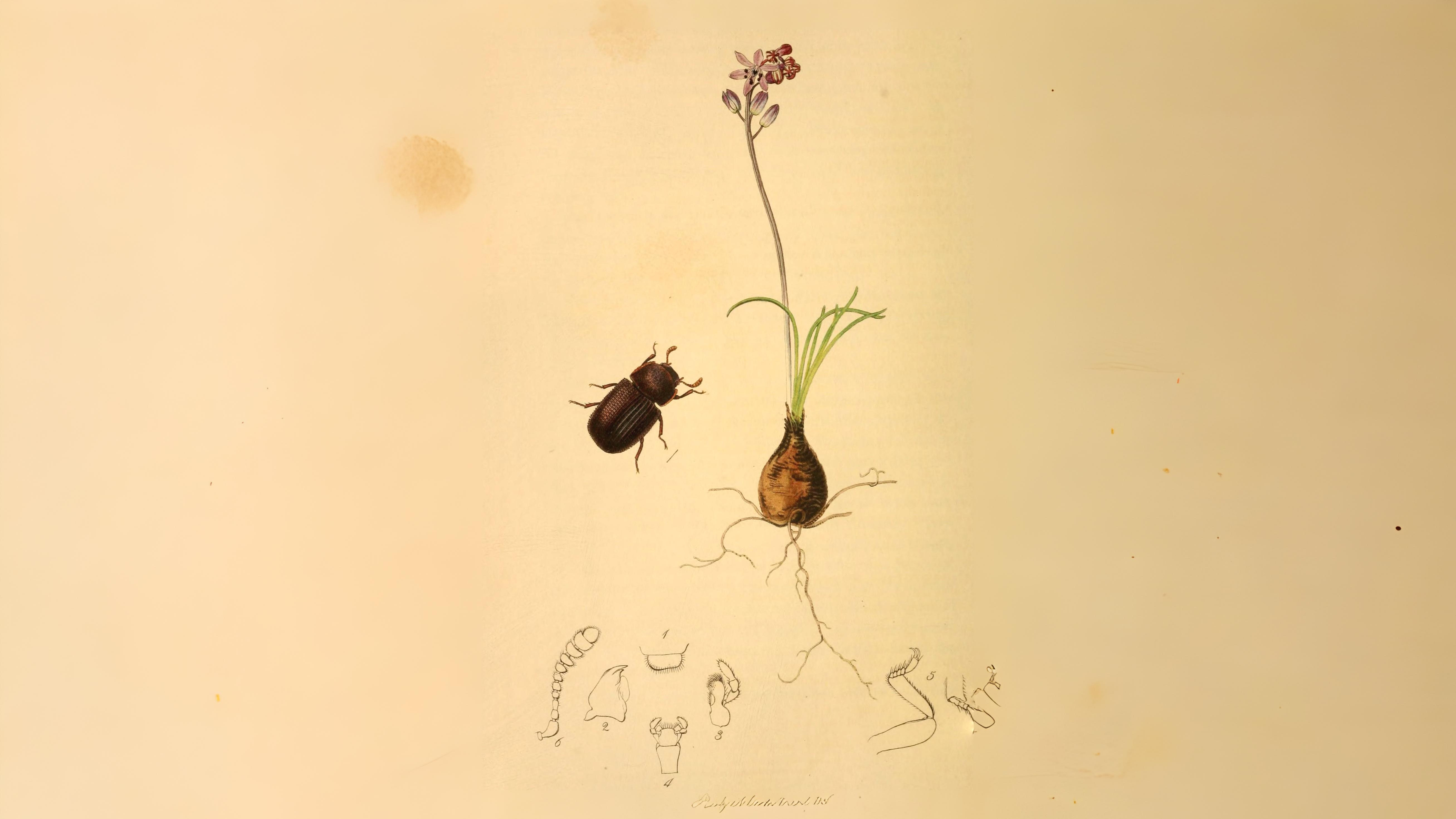As brighter flowers start to fade the unremarkable fleabanes start to be noticed more. Some of them have been in flower for several months but they are often so nondescript that they tend to get ignored. One of the genus names is Erigeron which means ‘soon becomes old’ which, for once, is an ideal name as some fleabanes always seem to look past their best. The common fleabane Pulicaria dysenterica is a native, commonly seen in damp grassy areas and ditches. Like all fleabanes they are believed to have been burned to eradicate fleas. As a group they seem to have had few other uses although the prophet Job is reputed to have used common fleabane to treat his ulcers.
The ones we notice on bare waste ground this month tend to be alien fleabanes. From their names you might well guess they come from all over the world. One of the most noticed, mainly because of its height (2 metres) is the Guernsey or Sumatran fleabane Conyza sumatrensis. It was first discovered in Docklands in 1984. In this case both its English names are incorrect as it is a native of Peru.
